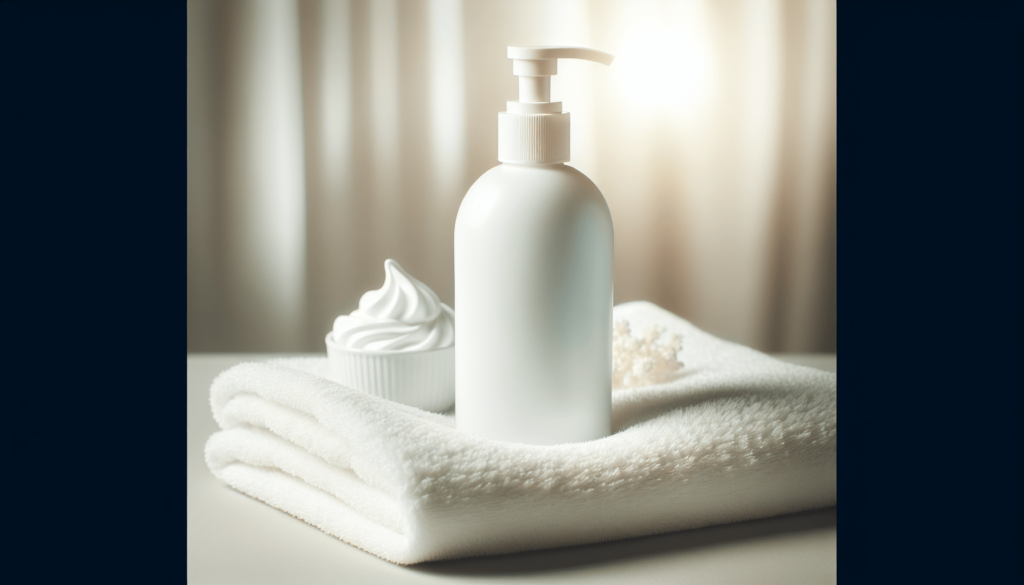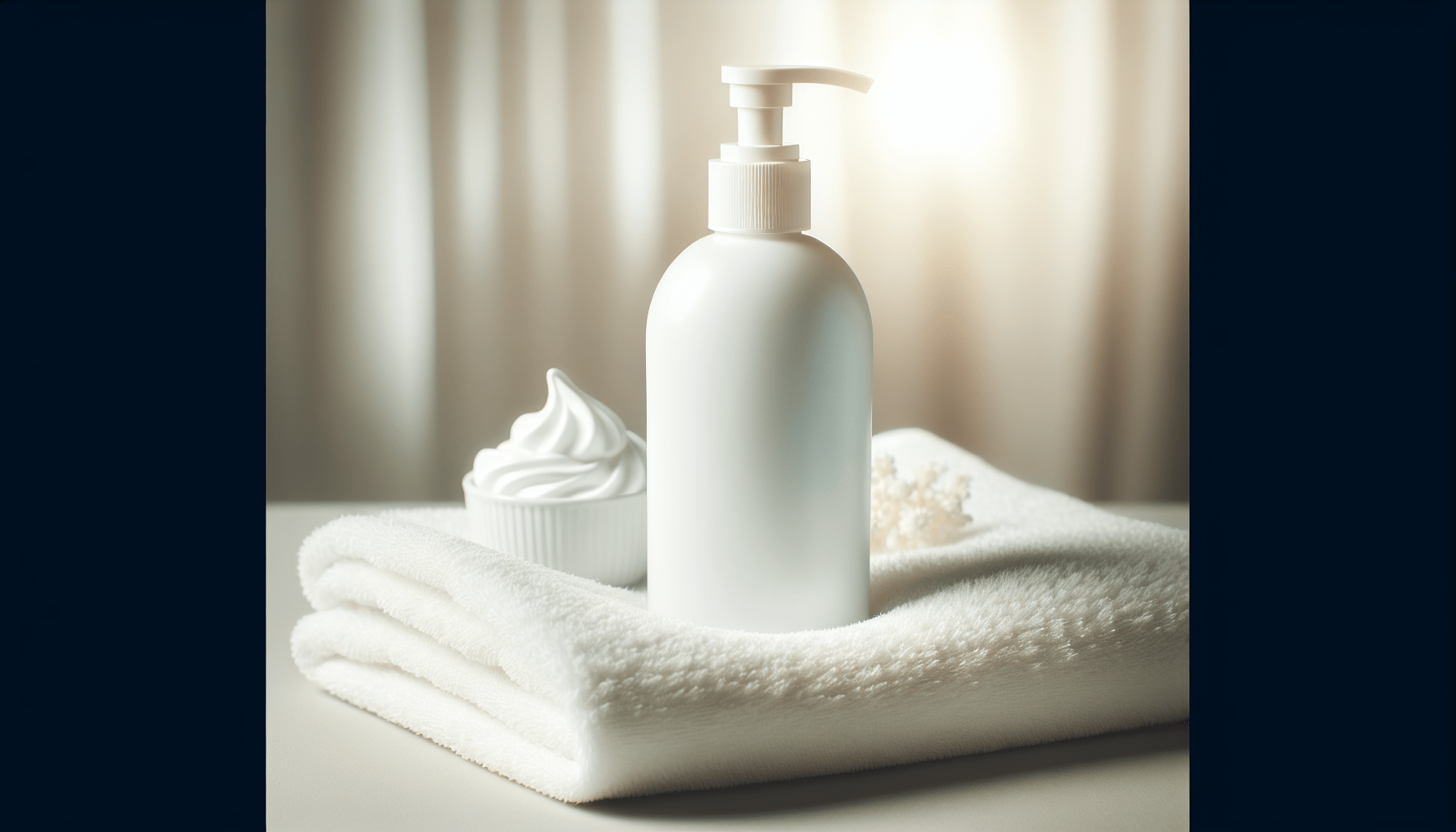Have you ever wondered how to properly care for your allergy-prone skin? Navigating the world of skincare can be a daunting task, especially when allergies come into play. With countless products on the market, finding the right routine can often feel overwhelming. But don’t worry! This guide will walk you through everything you need to know about cleansing and moisturizing allergy-prone skin.
Understanding Allergy-Prone Skin
What Is Allergy-Prone Skin?
Allergy-prone skin is sensitive and more likely to react to skincare products, environmental elements, or even textiles. These reactions can manifest as redness, itching, rashes, or blisters. Understanding what makes your skin react is the first step in tailoring a skincare routine that works for you.
Common Allergens in Skincare Products
Some common allergens found in skincare products include fragrances, dyes, preservatives, and certain natural ingredients. These substances can trigger adverse reactions in sensitive skin.
| Allergen Type | Examples |
|---|---|
| Fragrances | Synthetic and natural fragrances |
| Dyes | Artificial colors used in cosmetics |
| Preservatives | Parabens, formaldehyde-releasing agents |
| Natural Ingredients | Essential oils, certain plant extracts |
Cleansing Allergy-Prone Skin
Choosing the Right Cleanser
Selecting an appropriate cleanser for allergy-prone skin is crucial. Look for products that are specifically formulated for sensitive skin and are free from common irritants.
Key Features to Look for in a Cleanser:
- Hypoallergenic
- Fragrance-free
- Paraben-free
- Non-comedogenic
Cleansing Method
Using the right technique can make all the difference. Here’s a step-by-step method to cleanse your allergy-prone skin effectively:
- Choose Lukewarm Water: Hot water can strip your skin of natural oils and exacerbate irritation.
- Apply the Cleanser Gently: Use your fingertips to apply the cleanser in a circular motion.
- Rinse Thoroughly: Make sure to rinse off all the cleanser to avoid residue, which can cause irritation.
- Pat Dry: Use a soft towel to pat your skin dry. Avoid rubbing, as it can cause friction and redness.
How Often Should You Cleanse?
For allergy-prone skin, it is usually sufficient to cleanse once at night to remove the day’s grime and any allergens that may have settled on your skin. If needed, a gentle splash of water or a swipe of toner in the morning can freshen up the skin without over-drying it.

Moisturizing Allergy-Prone Skin
The Importance of Moisturizing
Keeping allergy-prone skin well-moisturized is essential to maintain its barrier function and reduce hypersensitivity. Well-moisturized skin is better at defending against irritants and allergens.
Choosing the Right Moisturizer
Opt for a moisturizer that is designed for sensitive skin. The formulation should be simple, avoiding potential irritants.
Key Features to Look for in a Moisturizer:
- Hypoallergenic
- Fragrance-free
- No artificial colors or dyes
- Rich in soothing ingredients like aloe vera or chamomile
Application Tips
Apply your moisturizer to damp skin to lock in moisture. This can be right after cleansing or after spritzing your face with a hydrating toner.
- Use Sparingly: A little goes a long way. Use just enough to cover your face and neck.
- Distribute Evenly: Dot the moisturizer on different parts of your face and gently spread with upward strokes.
- Don’t Forget the Neck: The neck area is often forgotten but needs just as much attention.
Frequency of Moisturizing
Typically, you should moisturize twice daily—once in the morning and once at night. If your skin feels dry during the day, you can apply a lightweight moisturizer as needed.
Additional Tips for Managing Allergy-Prone Skin
Patch Testing New Products
Always perform a patch test before introducing new skincare products. Apply a small amount on an inconspicuous area, like behind your ear or on your forearm, and wait 24-48 hours to see if any reaction occurs.
Ingredients to Avoid
Certain ingredients are more likely to cause irritation and should be avoided by those with allergy-prone skin.
| Ingredient to Avoid | Why to Avoid |
|---|---|
| Alcohol | Can be drying and irritating |
| Sulfates | Strips natural oils, causing dryness |
| Essential Oils | May cause contact dermatitis or itching |
| Retinoids | Can be too harsh and cause peeling |
Hydration and Diet
Staying hydrated and maintaining a balanced diet can greatly impact your skin’s health. Water helps flush out toxins, and a diet rich in antioxidants can help protect your skin from environmental stressors.
Stress Management
Stress is a known trigger for skin reactions. Incorporating stress management techniques like exercise, meditation, or hobbies can improve both your mental and skin health.
Consulting a Dermatologist
If over-the-counter products aren’t effective or you experience severe reactions, consulting a dermatologist is essential. They can help identify specific allergens and recommend appropriate treatments.

Conclusion
Navigating skincare for allergy-prone skin doesn’t have to be stressful. Understanding your skin’s unique needs and carefully selecting products can make a significant difference. Always remember to patch test, hydrate, and consult professionals when needed. With the right approach, you can achieve healthy, comfortable skin that allows you to focus more on living and less on itching.
Having come this far, you’re now equipped with the knowledge to properly cleanse and moisturize your allergy-prone skin. This understanding promises a future of fewer flare-ups and more skin confidence. Here’s to happy, healthy skin!
